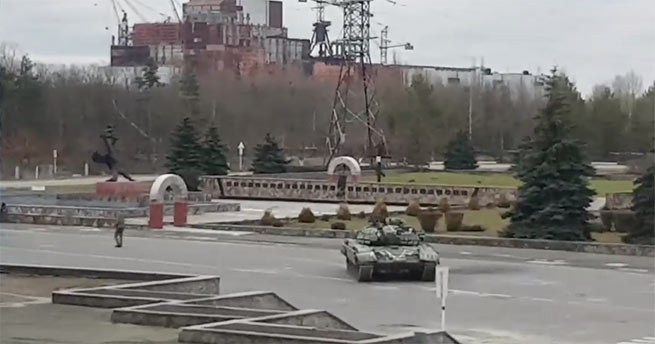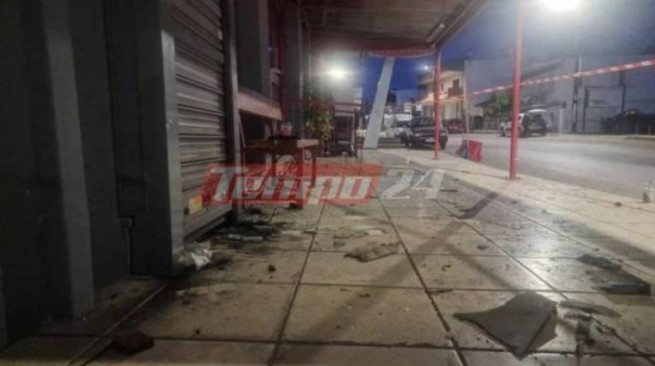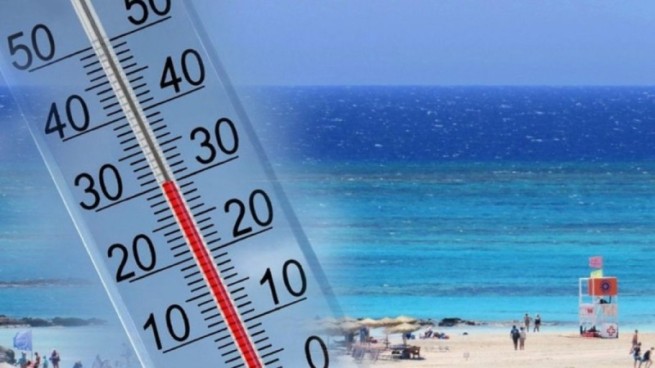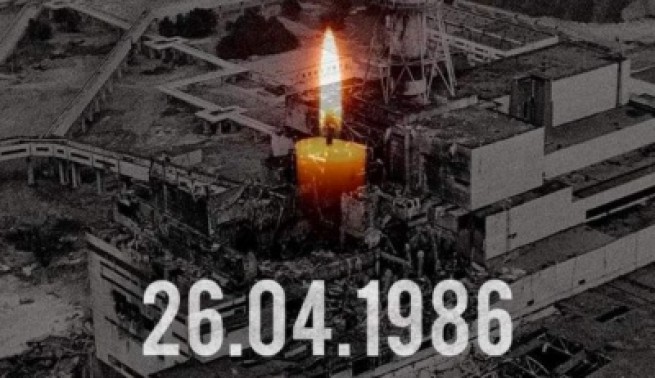38 years have passed since the accident at the Chernobyl nuclear power plant (ChNPP). However, information about Chernobyl is still on the lips of the world media in connection with the war in Ukraine.
Today it became known that the head of the UN Atomic Energy Agency (IAEA) declared an “alarm”, emphasizing that the levels of radioactivity at the sites of the former Chernobyl nuclear power plant in Ukraine are “abnormal”.

The situation at this radiation-contaminated site remains difficult, mainly due to damaged bridges and demining work. Ukraine previously sent the Atomic Energy Agency a list of urgently needed equipment. It concerns, for example, radiation measuring equipment, protective suits and diesel generators.
These generators already had to be used in Chernobyl in March, after the standard power supply system failed during the Russian occupation. However, it is unclear whether Grossi and his team will be able to restore data transmission from Chernobyl to the agency's headquarters in Vienna.
…The real problem remains the 14 operating nuclear reactors of Ukraine, Grossi believes.
During his visit, Grossi also plans to personally thank the staff of the Chernobyl nuclear power plant. They had to work non-stop for several weeks in difficult conditions. However, the real problem remains Ukraine's 14 operating nuclear reactors. If they are damaged during ongoing hostilities, the consequences will be catastrophic. Therefore, Grossi has already announced further visits.
Tuesday, April 26, 2024 marks the 38th anniversary of the Chernobyl nuclear power plant disaster. On this day in 1986, a powerful explosion occurred at the fourth power unit of the nuclear power plant, which resulted in a radioactive release that spread to the lands of the Ukrainian SSR, the Byelorussian SSR and the RSFSR.
https://www.youtube.com/watch?v=SgP0CyyshlA
Almost 200 tons of radioactive substances entered the atmosphere. About 160 thousand sq. km was in the affected area. The fission products of nuclear fuel released from the destroyed reactor into the atmosphere contained radioactive gases, condensed aerosols and fuel particles. Radioactive aerosols fell mainly with rain over a large area within the borders of Ukraine, Belarus and the central regions of the European part of Russia. The contaminated areas were divided into four categories: exclusion zone, resettlement zone, residential zone with the right to resettle, and residential zone with preferential socio-economic status. In 1986 and 1987, mandatory evacuation of the population was carried out in the exclusion zone where the cities of Pripyat and Chernobyl were located. As a result of the Chernobyl tragedy, more than 2 million people suffered, dozens died from high doses of radiation.
Immediately after the accident, approximately 600 people from the station staff and firefighters were exposed to acute radiation. Of these, 237 were given a primary diagnosis of “acute radiation sickness” (ARS), and this diagnosis was later confirmed in 134 people. 28 people died from ARS in the first months after the accident. Three died in the explosion at the fourth power unit.
Within seven months, the destroyed fourth power unit was covered with a concrete sarcophagus. The object was called “shelter.” “The sarcophagus was erected in 1986 under extremely difficult conditions, when it was impossible to approach not only the block, but also the industrial site itself in the direction where the main trace fell. There, the radiation levels were such that not only were people unable to approach, but machines were failing,” West i.Ru reported the words of Leonid Bolshov, director of the Institute for the Safe Development of Nuclear Energy of the Russian Academy of Sciences.
One of the most important tasks in eliminating the consequences of the Chernobyl accident was the safe and long-term disposal of nuclear fuel. They decided to build a protective perimeter around the destroyed power unit. And by November 1986, a “shelter”, better known as a “sarcophagus,” was erected over the fourth reactor. Its construction required 400 thousand cubic meters of concrete mixture and 7 thousand tons of metal structures. The sarcophagus was erected in the shortest possible time – in 206 days.
90 thousand people built a “shelter”. They were mobilized from different parts of the Soviet Union. They worked in shifts around the clock. Ten thousand people per shift. The facility was designed to operate for 30 years. Over time, its ceilings and walls began to collapse: for example, in 2013, hanging slabs with an area of 600 square meters above the turbine hall collapsed.
In 2007, they decided to build a new protective sarcophagus called the “arch”. Its service life is estimated at 100 years. The dimensions of the new structure are several times larger than the old sarcophagus: length 165 m, height 110, width 257 meters. The structure weighs more than 35 thousand tons. The facility was erected by about three thousand workers.
Ukraine, Russia and several Western countries allocated money for the project. In total, more than 2 billion dollars were spent on construction. The new shelter will make it possible to dismantle the reactor and then bury its parts.
They built an “arch” on a site near the power plant. The assembly and lifting of the elements of the first half of the “arch” lasted from 2012 to 2014, and the second half was completed by 2015. Afterwards, both parts were combined into a single structure. By November 2016, installation was completely completed.
The accident at the Chernobyl nuclear power plant was the largest in the history of nuclear energy, comparable only to the disaster at the Fukushima-1 nuclear power plant in Japan in March 2011.







More Stories
Financial Times: Russia is actively preparing sabotage in Europe
Shock: Drag queen will carry the Olympic flame in Paris
Greece consistently ranks last in the EU for media freedom